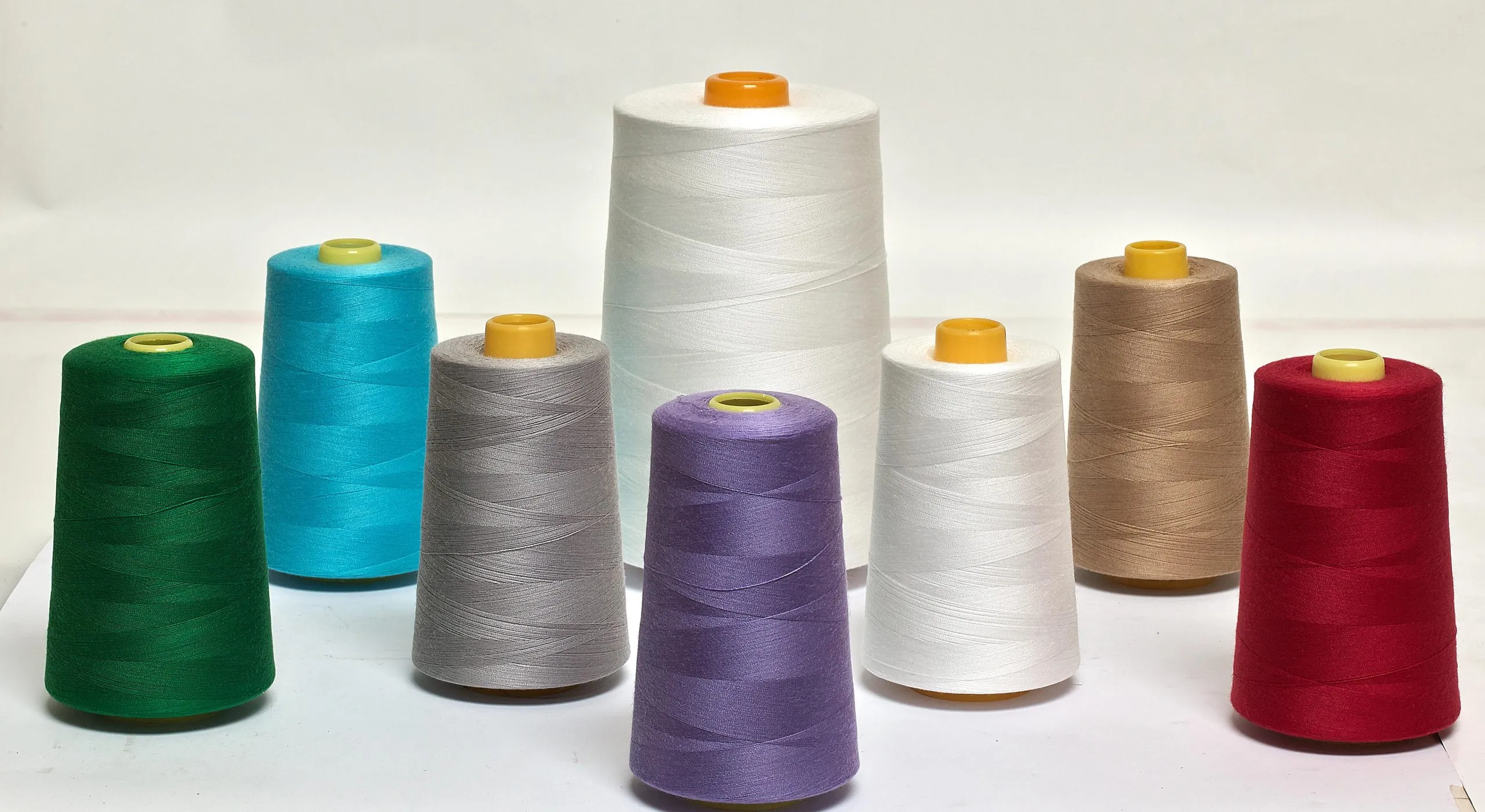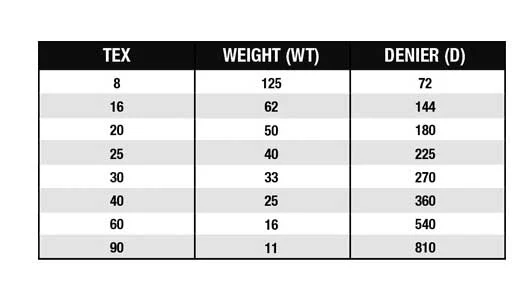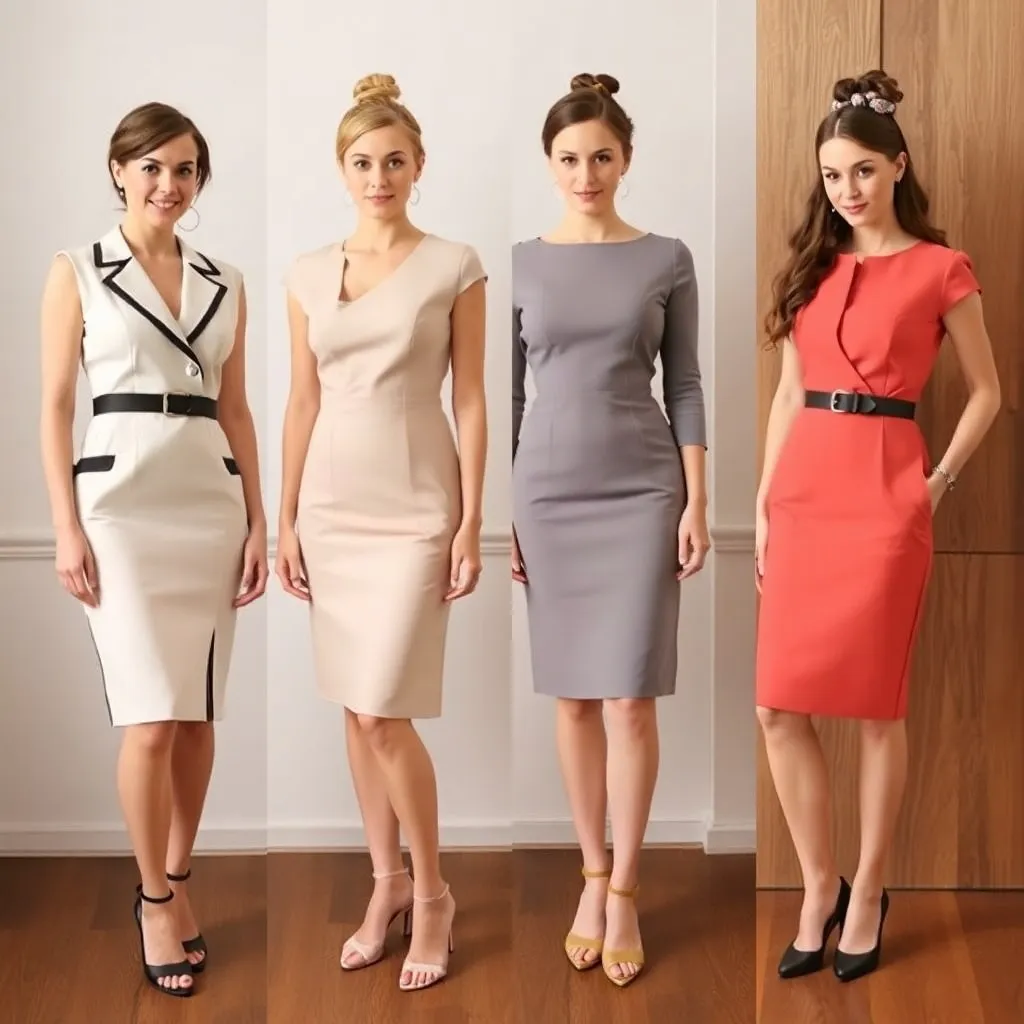
Fashion is a language we speak without words, and dresses are some of its most expressive phrases. From the comfort of casual wear to the elegance of formal gowns, every style carries meaning and purpose. Knowing the different types of dresses helps you dress with confidence for any event or mood. In this guide, we’ll explore categories like activewear, career attire, evening wear, and more—so you can better understand and choose the right dress for every occasion. Let this be your roadmap to building a versatile, stylish wardrobe.
Types of Women Dresses
Women’s dresses are more than just clothing—they’re a way to showcase personality, confidence, and taste. Fashion changes over time, but dresses remain a staple in wardrobes everywhere. There are many dress types, each suited to different occasions, seasons, and body shapes. Below is a guide to common categories of women’s dresses (and apparel more broadly).
Activewear / Athleisure
Activewear is more than just clothing for exercise — it represents a modern lifestyle that values comfort and movement. These outfits are made from flexible, breathable fabrics that let you move freely, whether you’re at the gym or just running errands. In recent years, activewear has become a stylish everyday choice, known as “athleisure.” People love it because it easily transitions from a workout session to casual outings. With bright colors, soft textures, and stretchy materials, activewear keeps you feeling light, energetic, and confident all day long. Activewear—or sportswear worn for exercise—often overlaps with casual wear (athleisure). These pieces are designed for comfort, flexibility, and movement. Many people also wear them in everyday settings. Common items include:
- Swimsuits
- Bodysuits
- Caps and hats
- Hoodies and zip-up jackets
- Tracksuits
- Leggings and athletic skirts
- Shorts and pants
- Sports bras and camisoles
- T-shirts and tank tops
- Warm-up sets and sweat suits
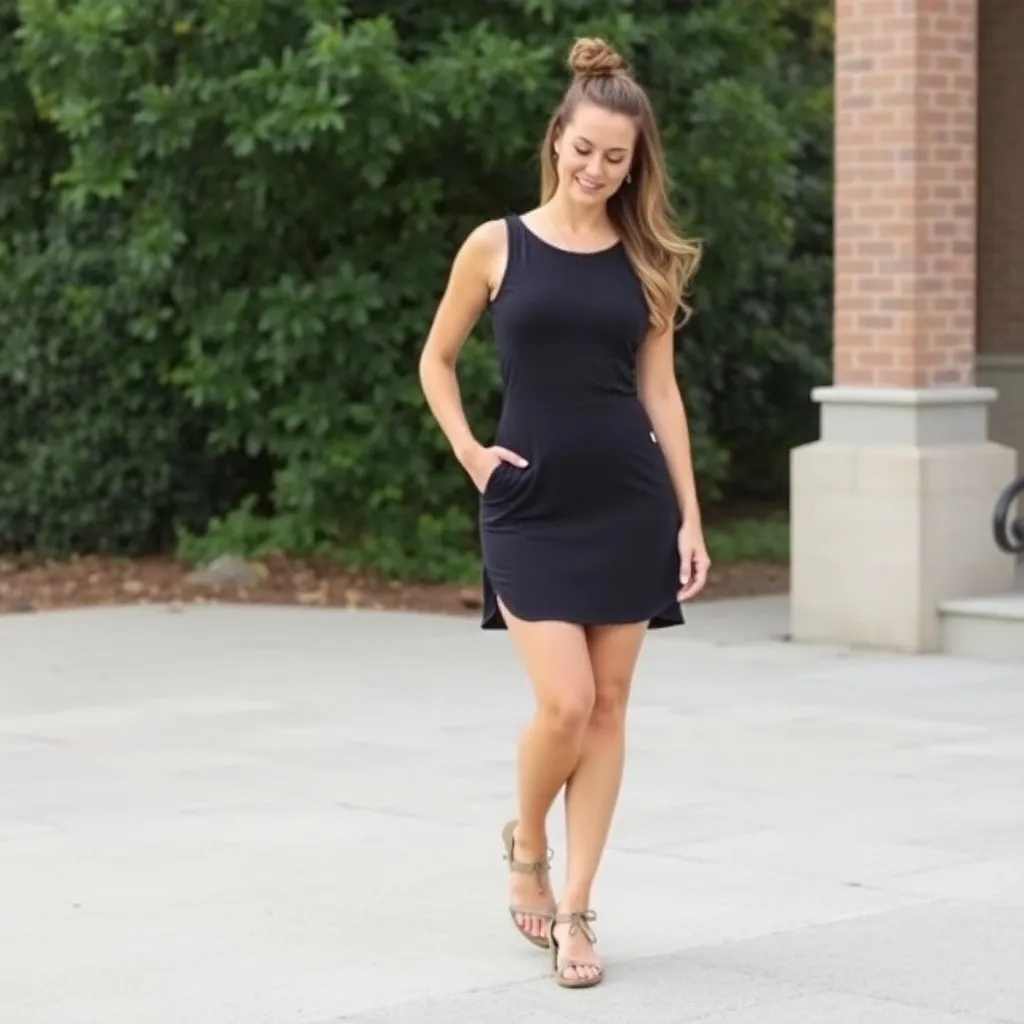
Sizing is usually unisex (XXS, XS, S, M, L, XL, XXL).
Career / Tailored Wear
Career wear brings together professionalism and style in perfect balance. These garments are designed to help women look sharp and confident in any work environment, from offices to meetings or formal events. Tailored pieces — like blazers, pencil skirts, or dress suits — give a clean, structured silhouette that shows sophistication. Fabrics are usually wrinkle-resistant and durable, helping you stay polished through long days. Good career wear doesn’t just look smart — it gives women the quiet confidence to perform their best. Women’s tailored business attire. This style is meant for professional settings. It leans more formal than casual wear and emphasizes structure and polish. Examples include:
- Suits (jackets + pants or skirts)
- Tailored shirts and blouses
- Vests
- Dresses designed to be work-appropriate

These pieces can come as sets or separates. Sometimes the clothing lines blend into work-casual (crossover into “sportswear”). Sizing is both numeric and sometimes unisex.
Formal / Special Occasion Wear
Formal dresses are where fashion truly meets elegance and emotion. These outfits are meant for the most memorable moments — weddings, galas, evening parties, or red-carpet events. Every detail, from the choice of fabric to the sparkle of embellishments, is designed to make you feel extraordinary. A well-chosen gown can express grace, power, and beauty all at once. Wearing a formal dress isn’t just about dressing up — it’s about celebrating life’s milestones with confidence and glamour. These dresses are reserved for significant events—weddings, galas, proms, formal dinners. They tend to be made from luxurious materials and often include embellishments. Typical formalwear items:
- Bridal gowns
- Cocktail dresses
- Evening gowns
- Evening suits
- Prom dresses
- Holiday attire
- Tuxedos (for women as well, in some designs)
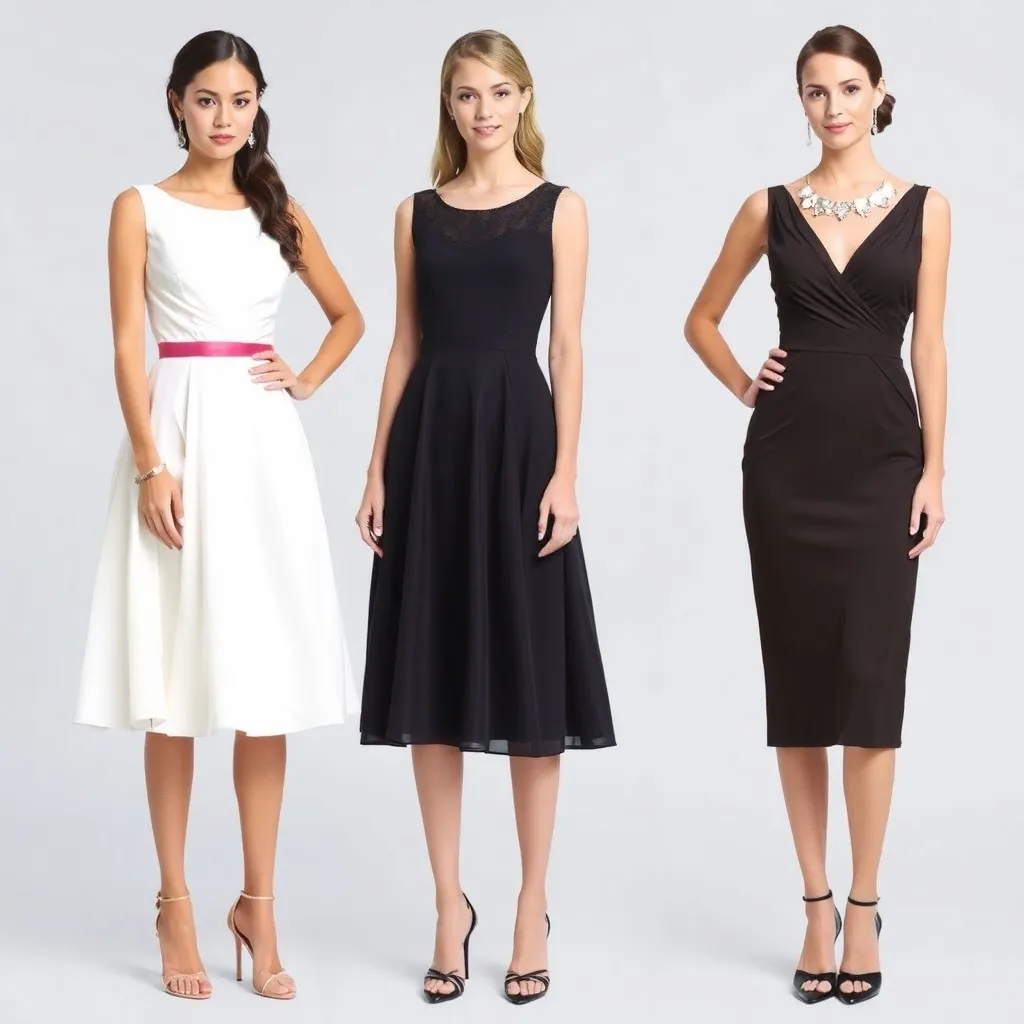
Fabrics like satin, lace, chiffon, brocade, organza, and taffeta are common, often paired with beading or embroidery. Because fit matters more here, sizing usually follows numeric scales.
Lingerie, Sleepwear & Intimates
Lingerie and sleepwear celebrate softness, comfort, and self-care. These garments may not always be visible, but they deeply influence how a woman feels throughout her day. Made with delicate fabrics like silk, lace, or cotton, they provide both confidence and relaxation. Sleepwear, from cozy pajamas to elegant robes, helps the body unwind after long hours of work. Choosing good intimates isn’t only about fashion — it’s about nurturing comfort, health, and a little touch of everyday luxury. This group covers garments worn under clothes or for lounging and sleeping. Some examples:
- Camisoles, slips, chemises, baby dolls
- Robes and wraps
- Bras, bustiers, shapewear
- Pajamas, nightgowns, sleep shorts
- Panties (briefs, thongs, hipsters, etc.)
- Thermal underlayers
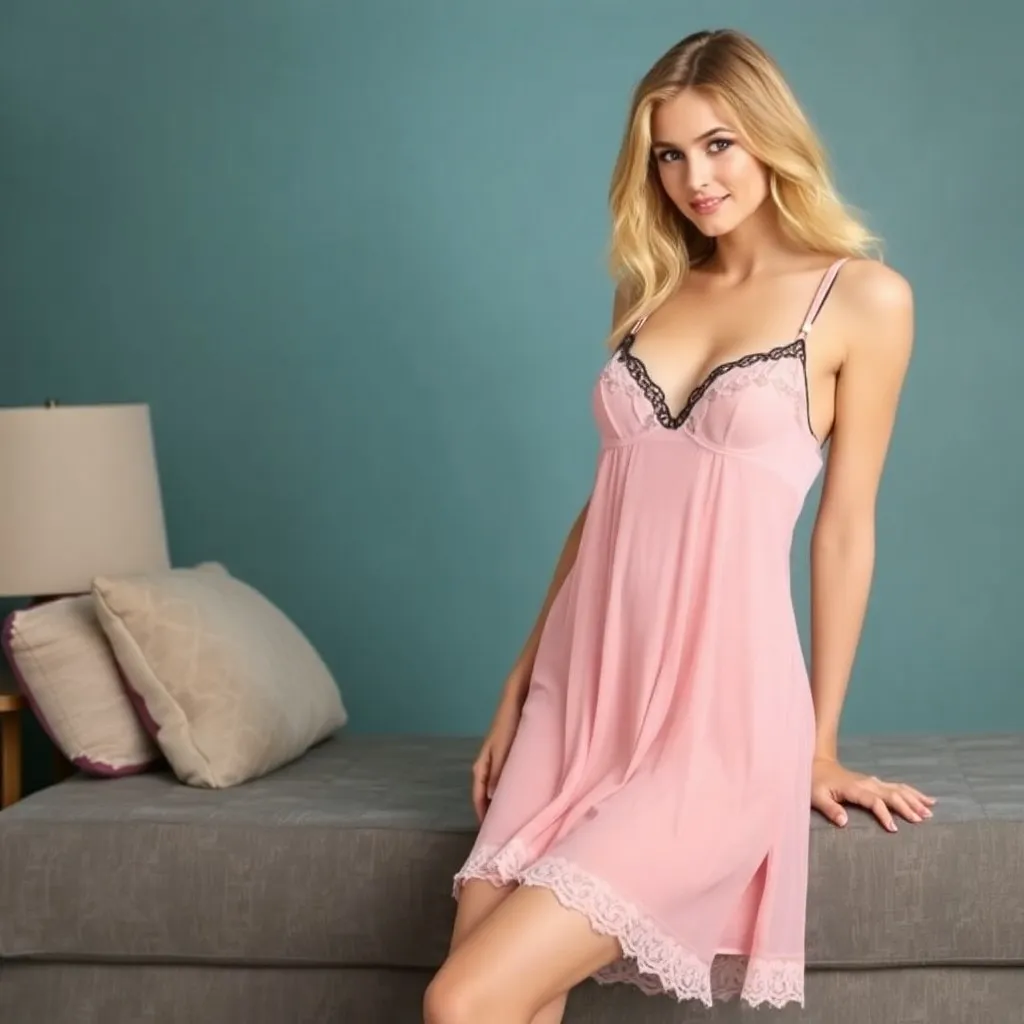
Sizes can vary: bras follow band + cup systems (e.g. 34B, 36DD), while other pieces use numeric or unisex sizing.
Outerwear / Over-Garments
Outerwear is the first thing people see — a protective layer that also reflects your personal taste. From trench coats to down jackets, these pieces shield you from wind and rain while keeping your style intact. A well-made coat or jacket can elevate even the simplest outfit underneath. Designers pay special attention to texture, shape, and color to make outerwear both functional and fashionable. No matter the season, outerwear allows you to express warmth, elegance, and personality wherever you go. Outerwear refers to pieces worn over other clothes—usually for warmth or protection from the elements. Common types include:
- Coats (dress coats, overcoats)
- Leather, fur, or faux-fur coats
- Parkas, anoraks, down jackets
- Trench coats
- Raincoats and slickers
- Ponchos, shrugs, wraps
- Windbreakers
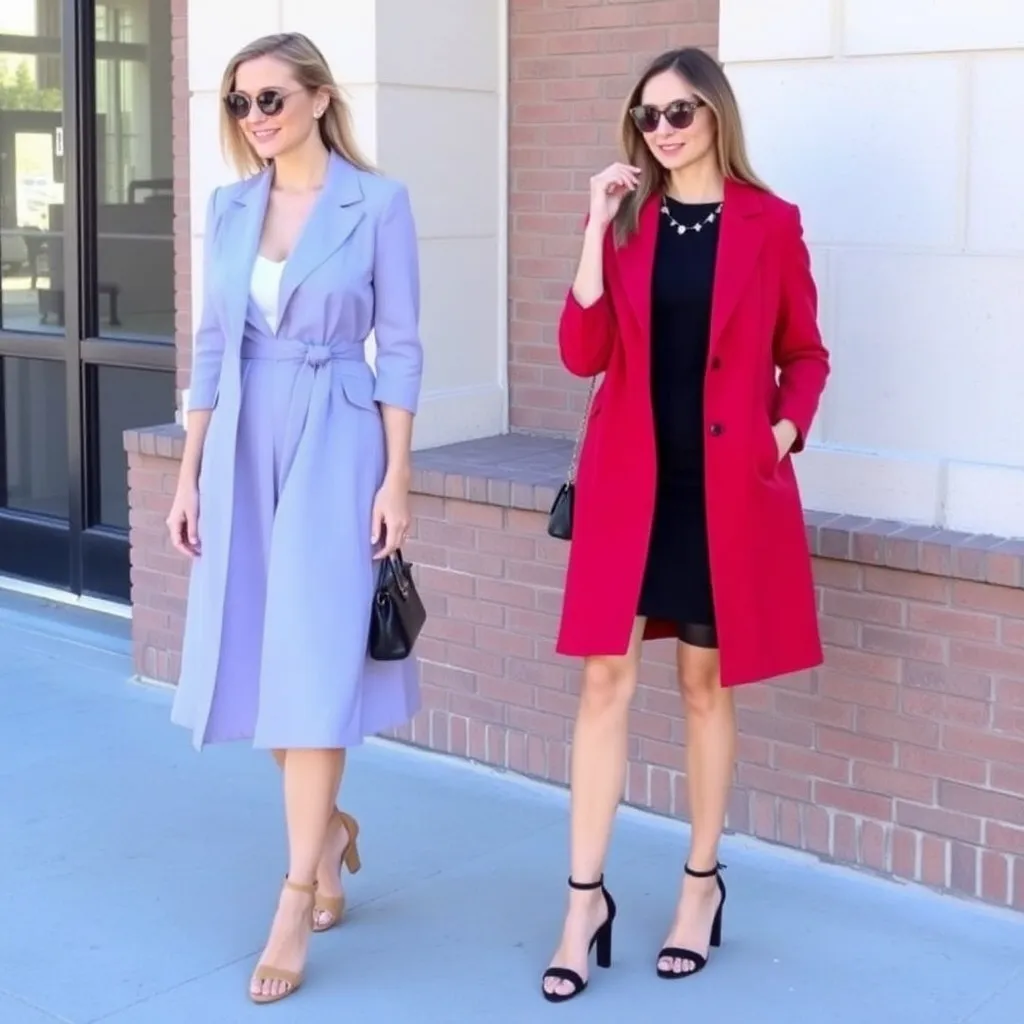
These aren’t dresses per se, but they’re essential in layering a dress or outfit.
Sportswear (Casual & Dressy)
Sportswear, in fashion terms, doesn’t just mean gym clothes — it refers to practical, easy-to-wear outfits for everyday life. These clothes mix style and comfort so you can move freely while looking put-together. From denim jeans and sweaters to lightweight jackets, sportswear is the heart of casual dressing. It’s the type of fashion that fits almost any situation — a coffee date, a weekend trip, or a relaxed office. Above all, sportswear encourages personal expression through versatile, comfortable, and timeless design. In fashion terminology, “sportswear” often means casual, versatile clothing (not necessarily athletic). These are everyday garments with a focus on comfort and style. Examples:
- Blazers, sport coats
- Trousers, slacks, jeans
- Casual skirts
- Sweaters, pullovers
- Knit and woven shirts
- Shorts of various styles
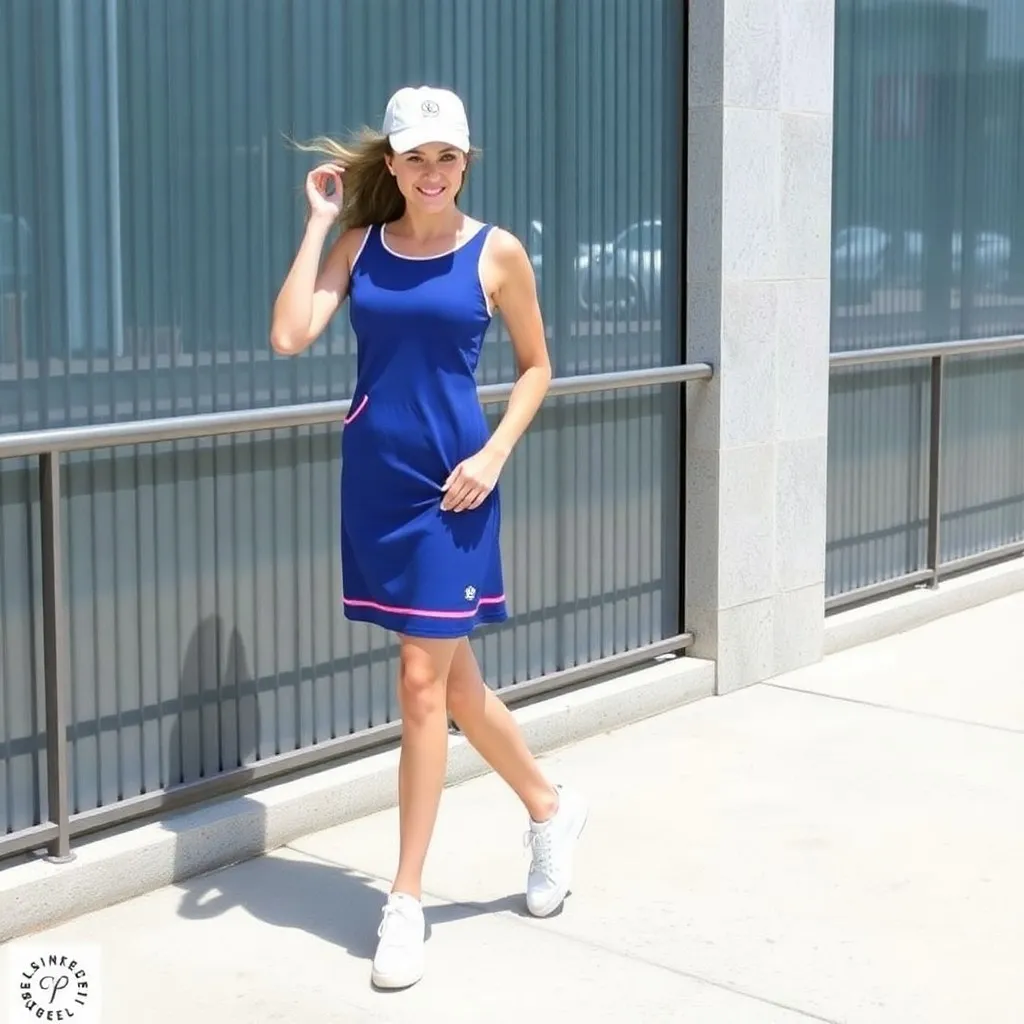
These can be mixes of separates that work together (mix-and-match) or pre-coordinated sets. Sizing can be numeric or unisex.
Uniforms & Workwear
Uniforms represent unity, identity, and professionalism. Whether in schools, hospitals, or service industries, they help teams look organized and trustworthy. Beyond function, modern workwear also focuses on comfort and durability, using materials that support long hours of movement. Some companies even design uniforms that match their brand colors and values, turning clothing into a silent form of communication. When worn with pride, a uniform reminds us that every role — no matter how small — contributes to something bigger. Uniforms create a consistent visual identity—common in workplaces, schools, or organizations. These garments help maintain a uniform look among groups. Items often seen:
- Work shirts and tops
- Dress shirts
- Jackets and outerwear
- Pants, skirts, shorts
- Sweaters
- Ties or scarves (where applicable)
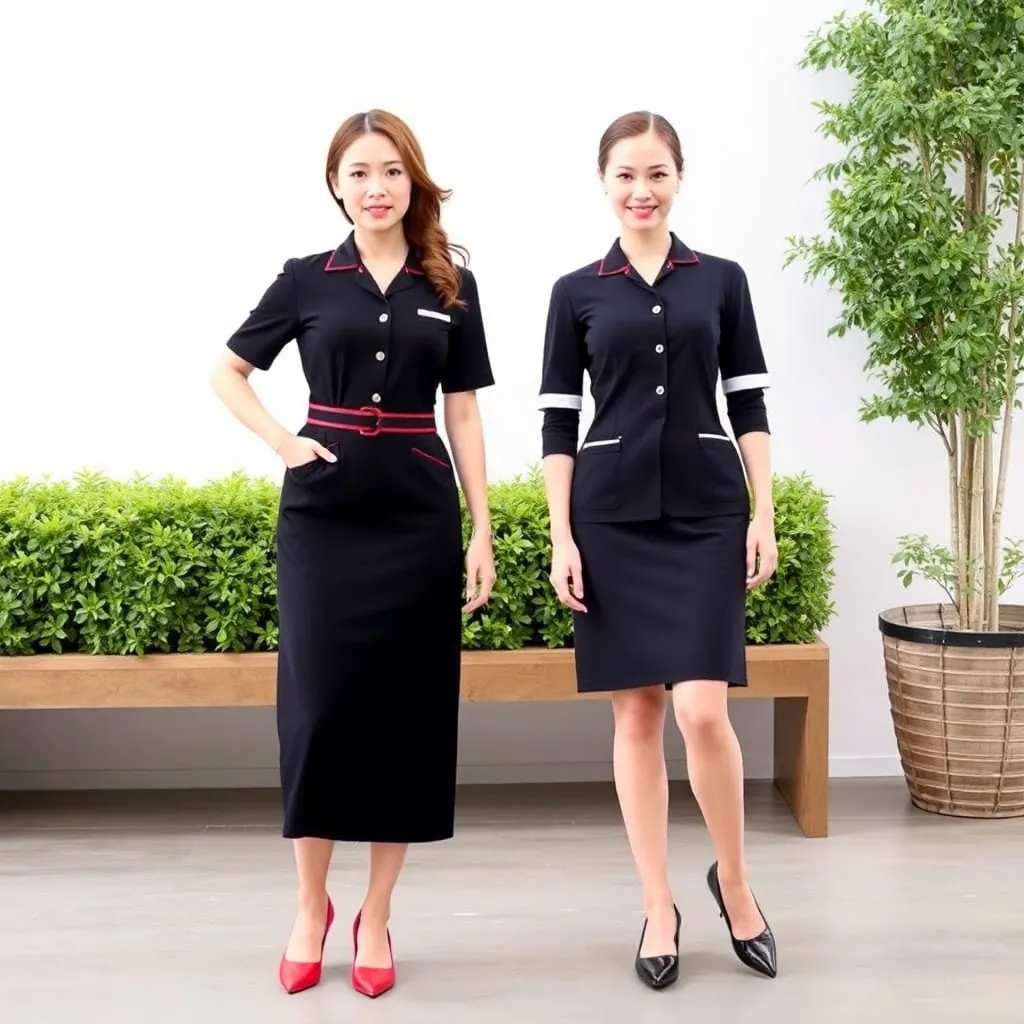
Uniforms use both numeric and unisex sizing systems.
Conclusion / Final Word
The universe of women’s dresses and related garments is vast. From comfortable athleisure to glamorous evening gowns, there’s something for every event, climate, and body shape. Understanding each category helps build a more intentional, versatile wardrobe. Choose styles that make you feel confident and true to your taste—no matter the occasion.

